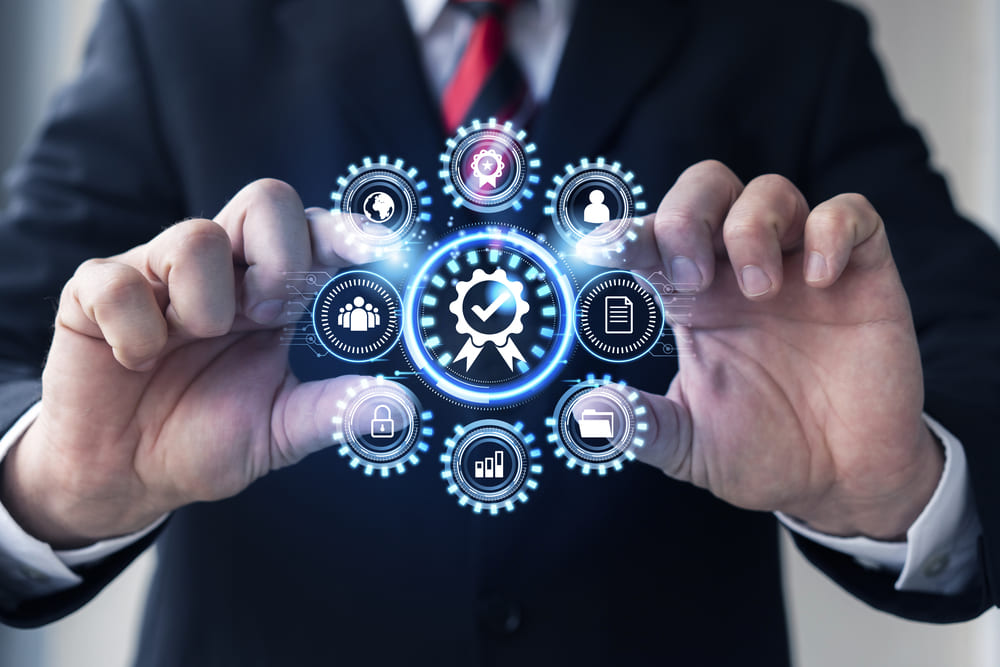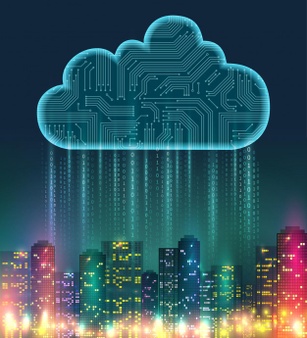Impact of COVID-19 on AML
3AI May 5, 2020

While the world is coming together and fighting with Novel Corona virus, it has still managed to gulp millions under its impact, and it remains something that attracts most of our attention today. This creates an opportunity for the anti-social elements to exploit the situation.
World Bank, United Nations and other organizations are exploring opportunities such as Digital onboarding, Simplified due diligence etc. to manage some of issues like social distancing presented by COVID-19. FATF is no far and the international standards setting body that aims to combat illegal activities, recently encouraged governments to use the flexibility built into its risk-based approach to address challenges posed by the pandemic.
Emerging illicit finance risks:
- Digital customer onboarding and delivery of digital financial services – Digital payments, Fintech and Digital onboarding reduce the risk of spreading the Virus but also opens up gaps; we need to be careful. Financial institutions should base their decisions and strategies on the Money laundering/Terrorist financing (ML/TF) risk posed, for example, when to apply simplified versus enhanced CDD.
- Advertising and trafficking in counterfeit medicines and safety gears – In absence of an official cure for COVID-19, people are eager to find a cure or at least a precautionary measure. In addition, with huge demand of medicines and safety gears, criminals are not only counterfeiting but also paying for false invoices and thus, funding their possible shell companies.
- Offering fraudulent investment opportunities – Volatility of market often sparks a thought in public to make profits in short time. Fraudsters uses this emotion of excitement to show us opportunities what we like to see, making us a potential trap.
- Fund raising for fake charity – General tendency of today’s world is to help and contribute to the society. However, public is likely to be fooled around illegal versus legal charity funds. These can be as serious as fund-raisers for terrorism. FATF has extended its support towards legal NPOs so that they can transact uninterruptedly. The request is, to be transparent.
- Cybercrime like Phishing, vishing, business email compromise, malware and ransomware attacks – Criminals are adapting their most profitable cybercrime tactics, seizing the moment when most working people are confined to homes. The same public that is usually careful of opening unknown mails or links are likely to check now, as we are eager for more information around the pandemic.
- Employees working with sensitive data in less secure home-based environment – Some firms have invested quickly in implementing remote working capabilities and technologies. Such rollouts are likely to be less robust than the other planned setups.
Many regulators and banking watchdogs across the globe, from AUSTRAC to FINTRAC, have suggested the best practices to combat the possible surge in money laundering operations. This is critical than ever.
It is time for us to embrace Advance analytics and Artificial Intelligence in this space. Historically used rule-based approach may not act as effective as AI to counter this situation where criminals are notoriously flexible. AI comes as an aid here offering effectiveness in terms of complying by regulations and slashing the cost – mainly by reducing false positives. Key features where AI gets an edge over legacy systems –
- AI analyzes the transactions and captures an expected behavior of every customer, making it easy to notice any contrasting change to it.
- AI can read previously dispositioned cases, leveraging NLP. This helps a model to learn more and optimize itself.
- AI systems are capable of performing network analysis, thus linking all associated entities to a suspicious transaction.
- Through techniques like web scrapping, it can gather data from social media, networking sites etc.
On a lighter note, COVID-19 came with some brighter aspects also, mostly nature – from a peacock perching in Hyderabad’s urban jungle to a clear view of Himalayas from Jalandhar, Punjab.
Similarly, on AML front, it is an opportunity to make our digital platforms and customer engagement models robust and where possible educate customers. One such area can be Card-Not-Present (CNP) transactions.






